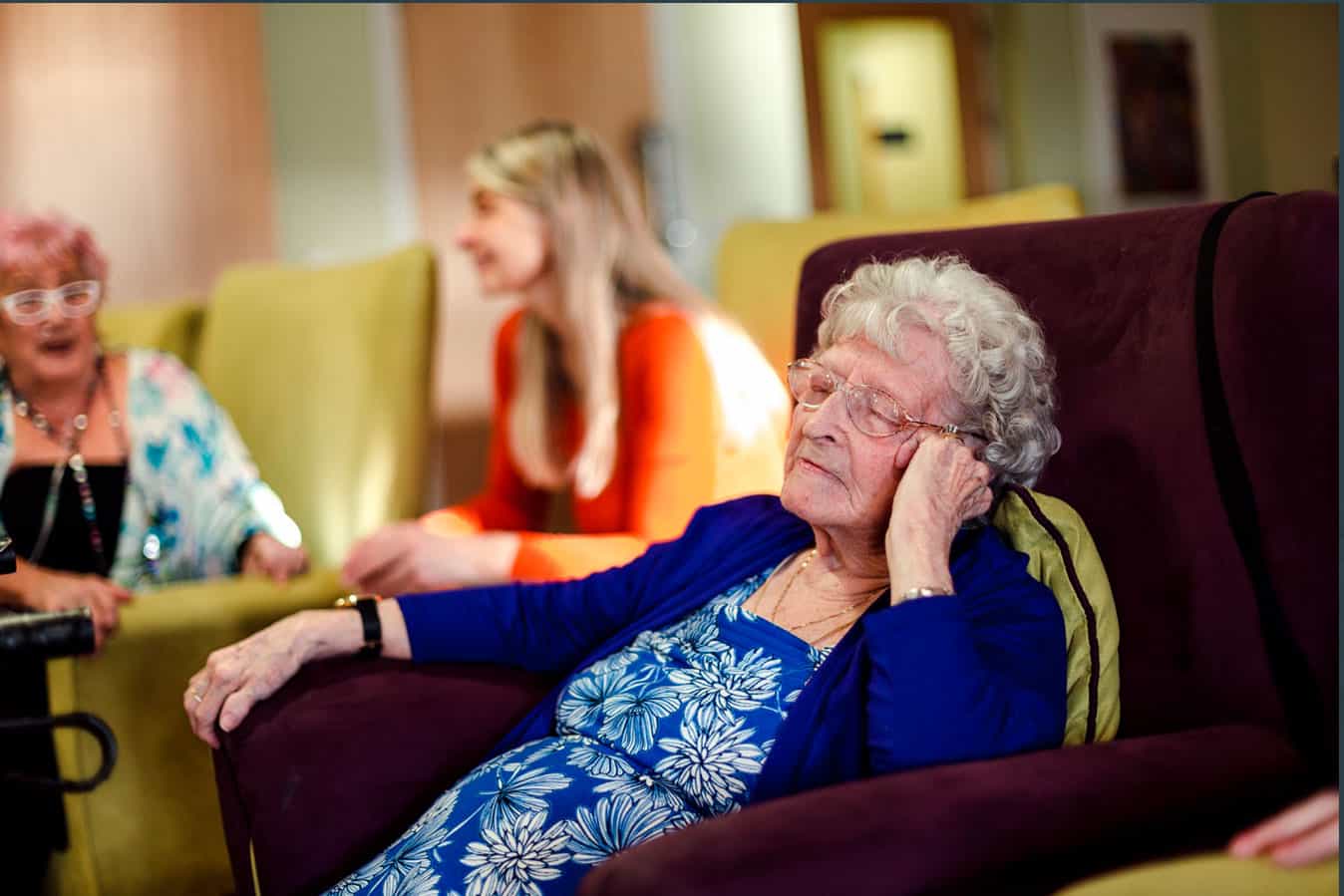Many schools are better than aged care facilities when it comes to creating homeliness and a sense of identity for their residents, research shows.
The design of some Australian nursing homes may be worsening the health and quality of life of older people, according to Queensland University of Technology (QUT) design researchers whose study found many residents prefer spending hours in their room to socialising or participating in activities in communal areas.
The researchers from QUT and Sheffield Hallam University in the UK studied aged-care environments and interviewed residents and staff on their experience of living and working in nursing homes in Australia and the United Kingdom.
Their studies explored the role of personal possessions and environmental design in relation to residents trying to feel ‘at home’ in aged care and how it affected their quality of life.
Residents’ identities are influenced by their ability to keep treasured objects and personalise their rooms, and the design and accessibility of communal areas influences residents’ willingness to spend time in them, said QUT’s School of Design Professor Thea Blackler.
“In the first study we focussed on attachment to chairs and other possessions and the process of what to keep when transitioning into a nursing home,” she said.

“Staff recognised the role of personal possessions in the transition into care and encouraged residents to bring their own furniture where possible, especially chairs and bedding to help create a home-like atmosphere. Residents rated ‘my chair’ highly, whether they were appropriately designed or not.
“However, physiotherapists and other staff assess personal chairs to ensure resident and staff safety before they can be kept. While deep vein thrombosis (DVT) risks associated with sedentary behaviour can be alleviated with footrests and recliner chairs, in aged-care homes footrests are deemed a falls risk, especially in common areas.”
While many residents had brought their recliner chair, they were often observed to be too close to the wall to allow reclining in the small space available.
“We saw many rooms had a personal chair stacked full of books, activities and laundry, leaving the resident with only their bed to rest on,” Professor Blackler said.
Residents often reported they went to communal areas only for scheduled activities or events such as weekly concerts.
“When they wanted to relax, residents returned to their rooms where they might spend several hours a day sitting in their chair or lying on their bed,” Professor Blackler said.
Residents had their own reasons for not using communal areas, and often preferred the isolation of their own room, she said.
“For some residents cleanliness was a major deterrent to spending time in communal areas because they didn’t want to sit in seats they perceived as dirty and smelly due to the incontinence of other residents.”
This finding had been translated into a new furniture system by industry partner LifeCare Furniture to address the issue of easily changeable, hygienic chair coverings.
“Another factor in reluctance to spend time with others is the layout of shared spaces which, in Australia, tend to resemble hotel lobbies or clubs with chairs in rows, to allow room for wheelie-walkers. This type of layout makes it difficult to hold a conversation with someone across the room, particularly for those hard of hearing, as well as providing an ‘unhomely’ setting,” Professor Blackler said.
“These findings suggest that design issues in common areas resulted in relatively well residents preferring the isolation of sitting or lying in their rooms far more than necessary, which does not support their mobility nor cognitive or emotional health.”
The studies found that creating a ‘home within a home’ with personal and treasured possession was enabled only in the small and cluttered space of residents’ private rooms.
“Better consideration of residents’ needs can be built into the design and enable more personalisation in common spaces. Aged care homes could do this by encouraging placement and use of residents’ personal possessions in common areas, whether pictures or photos, craft supplies, finished craftwork or chairs and other furniture,” Professor Blackler said.
“Currently, many schools do a far better job of this than most so-called ‘home’. Work must be done to allow residents to personalise both private and communal spaces so that they can retain their sense of identity and feel ‘at home’ in the home.”
LifeCare Furniture has designed a chair that allows its covers to be easily removed for cleaning and reassembled with a new cover in less than 20 minutes. It is one of the projects QUT School of Design have been involved in to make comfortable, safe and home-like furniture for people in aged-care homes.
Making a “home” into a home: How design of aged-care homes impacts residents was published in the Journal of Aging Studies.
Key findings:
- Study of residents’ feelings about personal possessions and identity
- Study found many residents avoid communal areas
- Residents spend many hours alone in their rooms
- Industry partner translated findings into an improved chair for aged care








